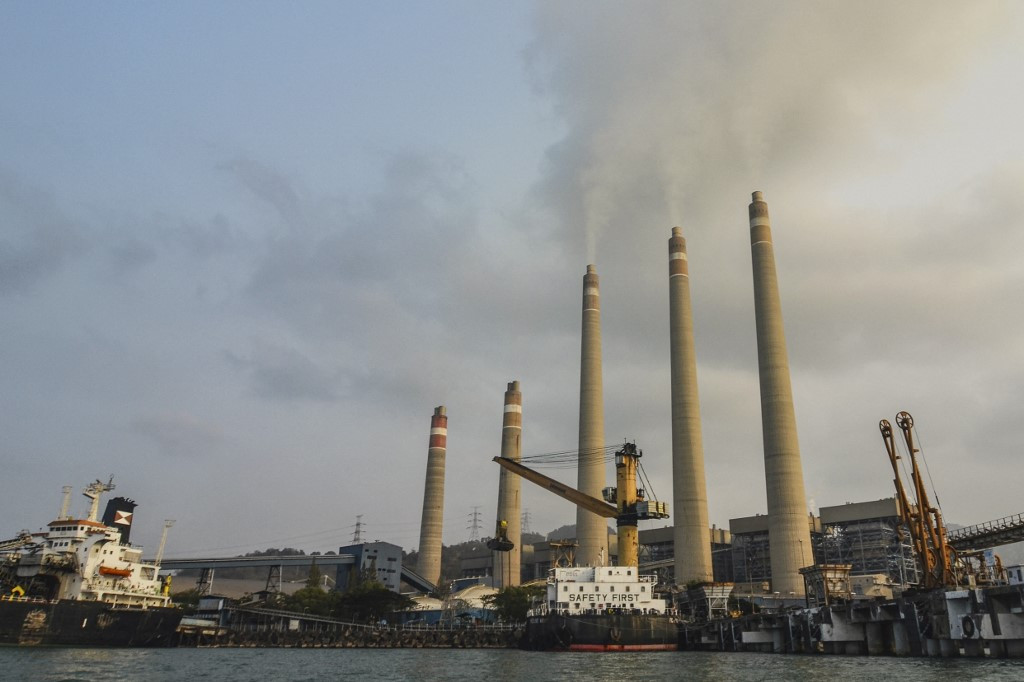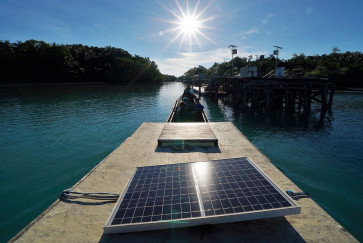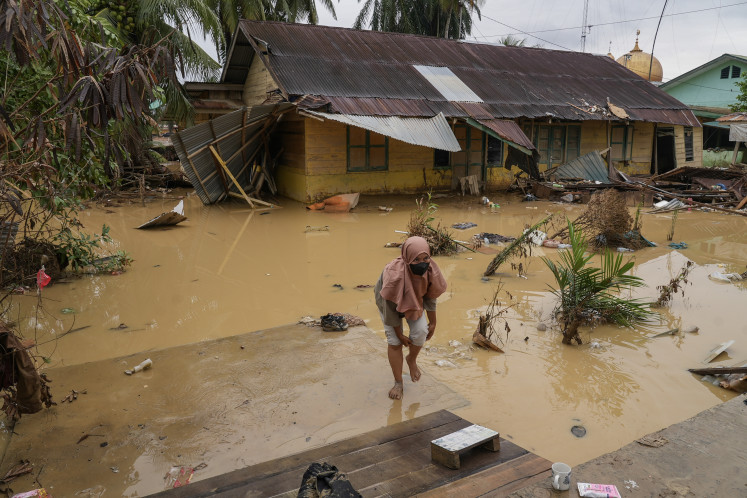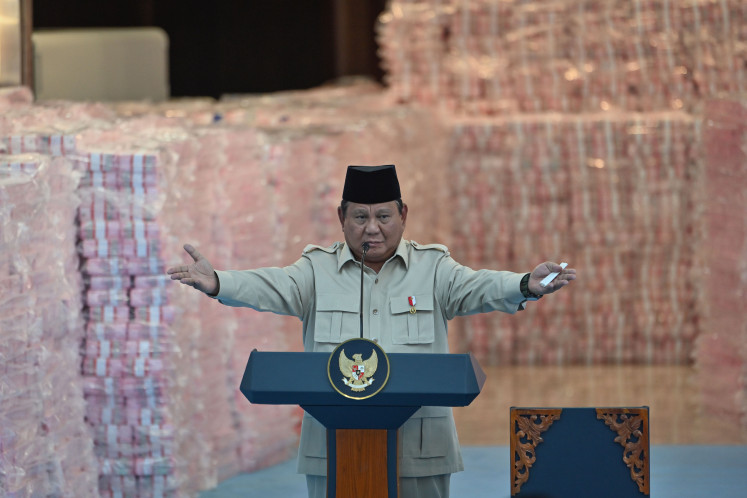Popular Reads
Top Results
Can't find what you're looking for?
View all search resultsPopular Reads
Top Results
Can't find what you're looking for?
View all search resultsUsing the Dirty Dozen to track global energy emissions potential
While China has been the chief driver of energy emissions so far this century, other nations including India, Indonesia and Vietnam will play a key role in determining future pollution trends.
Change text size
Gift Premium Articles
to Anyone
Climate watchers need to look beyond China to gain a full read on global emissions trends tied to energy extraction and generation.
To be sure, China has played an outsized role in driving global energy sector emissions to record highs for decades, and generates far more energy-related emissions than any other nation.
But while China has been the chief driver of energy emissions trends so far this century, other nations including India, Indonesia and Vietnam will play a key role in determining future pollution trends.
That means any attempts to gauge the potential trajectory of global energy emissions must include the discharge patterns of a widening group of nations beyond China.
Given China's clout as the world's largest energy consumer and power producer, it must retain a central role in efforts aimed at measuring and predicting global emissions trends.
However, several other nations merit inclusion in such efforts given the steady swell in their collective energy-related pollution.
Indeed, eleven other nations stand out globally as key current and potential drivers of worldwide energy emissions trends given their track record of steadily boosting pollution tied to energy production and use.
Between 2019 and 2024, 12 countries consistently lifted their annual energy-related emissions by at least 5 million metric tons of carbon dioxide (CO2) per year, according to data compiled by the Energy Institute.
In descending order of annual emissions growth during 2019 to 2024, those nations are: China, India, Indonesia, Russia, Iran, Vietnam, United Arab Emirates, Malaysia, Turkey, Uzbekistan, the Philippines and Bangladesh.
Collectively, this Dirty Dozen lifted their total energy emissions to record highs in nine out of the past 10 years, with the exception being in 2020 when extensive COVID-19 lockdowns stifled global energy output and use.
In 2024, the Dirty Dozen nations spewed out a collective 19.06 billion tons of CO2 from energy extraction and generation, which compares to a discharge total of 16.4 billion tons of CO2 from the rest of the world.
The Dirty Dozen discharge total accounted for a record 54 percent of all energy-related emissions in 2024, and looks set to swell further in the years ahead given the heavy reliance on high-polluting fuels for power generation in several member nations.
Between 2019 and 2024, the Dirty Dozen nations lifted their annual energy-related pollution by an average of 3 percent a year.
Over that same period, global emissions from energy rose by an average of around 0.7 percent a year, while energy emissions outside the Dirty Dozen declined by an average of 1.4 percent a year.
This emissions divergence between the Dirty Dozen and the rest of the world highlights the impact that this group has over worldwide energy pollution trends, and underscores why they are such a critical group for climate trackers to monitor.
During the 2019 to 2024 window, China steadily emitted the highest tonnage of CO2 tied to its energy sector, averaging around 10.5 billion tons a year.
China's average annual growth in energy emissions during 2019-2024 was 267 million tons of CO2, which was by far the highest among all nations.
However, the rate of growth in China's discharge was among the slowest among the Dirty Dozen since 2019, which indicates that other nations have been accelerating their pollution trends just as China has been reining it in.
India ranks second in the Dirty Dozen in terms of annual energy emissions, which averaged 2.6 billion tons a year between 2019 and 2024.
Russia placed third with around 1.6 billion tons a year of energy emissions, followed by Iran with around 680 million tons.
In terms of annual percentage growth in emissions, Indonesia tops the table with a roughly 7 percent yearly expansion since 2019.
Vietnam (6 percent a year) and Bangladesh (5 percent a year) have also posted strong growth rates over the past five years or so, while India, Uzbekistan, United Arab Emirates and the Philippines all posted annual growth rates of around 4 percent.
With China's annual emissions growing at 2.6 percent since 2019, it is clear that other members of the Dirty Dozen have the potential to drive collective discharge steadily higher even if China manages to start cutting pollution in the coming years.
Countries such as India, Indonesia, Vietnam and the Philippines in particular have high-polluting potential, given that their current power systems are highly dependent on coal as the primary fuel source.
Russia, United Arab Emirates, Iran and Uzbekistan are equally reliant on natural gas for their power systems, and are also unlikely to be able to make drastic cuts to fossil fuel dependence for energy generation any time soon.
This all means that global emissions from energy extraction and production will likely keep climbing over the coming years, even if China manages to turn the corner and embark on a steady emissions-reduction path later this decade.
Climate trackers who too narrowly focus on China as a proxy for global emissions trajectories are at risk of missing this important trend, and need to keep the Dirty Dozen in mind.
---
The writer is a columnist for Reuters. The views expressed are personal.











